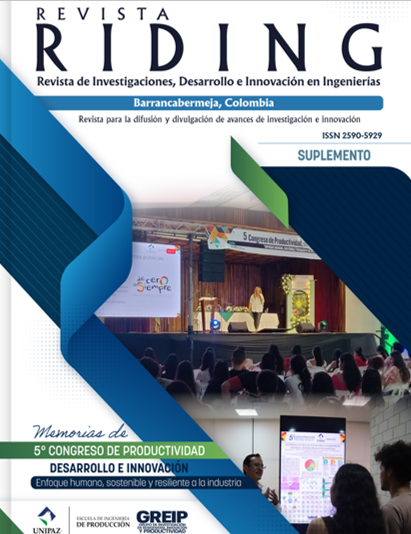Effect of 1,2-Diamino-Cyclohexane-Tetra-Acetic Acid on NiWS/Y-Al₂O₃ Catalysts
Keywords:
hidrodesulfuración, Catalizadores NiWS,1,2 diamino-ciclohexano-tetra-acético, normas ambientales, Eficiencia catalítica, agentes quelantes, Investigación en energíaAbstract
In his presentation titled "Effect of 1,2-Diamino-Cyclohexane-Tetra-Acetic Acid on NiWS/Y-Al₂O₃ Catalysts for Hydrodesulfurization," Dr. Carlos Eduardo Santolalla Vargas provided a detailed analysis of how 1,2-diamino-cyclohexane-tetra-acetic acid (DCTA) influences NiWS catalysts used in the removal of sulfur from diesel.
Dr. Santolalla emphasized the importance of considering multiple variables during his research, including catalyst development and the evaluation of its properties in the desulfurization process. He addressed the removal of undesirable compounds, such as aromatic chains and nitrogen, present in hydrocarbons.
A crucial part of the presentation was the comparison of the efficiency of NiWS catalysts in sulfur removal against other catalysts. Dr. Santolalla explained that sulfur reduction is essential to comply with environmental standards aimed at improving air quality, especially in countries like Mexico, where heavy crudes such as Maya, Istmo, and Olmeca are produced.
The hydrodesulfurization process involves the use of hydrogen to treat diesel, helping to reduce the sulfur content before combustion. To achieve this, Dr. Santolalla emphasized the need to optimize refinery infrastructure, increasing pressure and improving catalyst performance, which represents a more economical option than completely modifying the existing infrastructure.
During his presentation, he also discussed the challenges associated with using chelating agents such as EDTA and DCTA, which can trap metals during the process. Dr. Santolalla presented data on the interaction of these agents with nickel, showing that DCTA forms stronger complexes, enhancing catalyst efficiency.
Finally, Dr. Santolalla concluded that the use of DCTA in NiWS catalysts can increase catalytic activity in hydrodesulfurization, opening new perspectives for research in this field. He highlighted that, despite advances in renewable energy, hydrocarbons remain a profitable and necessary source, making it imperative to continue research in optimizing catalytic processes
References
Congreso de Productividad, Desarrollo e Innovación: Enfoque humano, sostenible y resiliente a la industrial
Downloads
Published
Issue
Section
License

Este obra está bajo una licencia de Creative Commons Reconocimiento-NoComercial-CompartirIgual 3.0 Unported.


